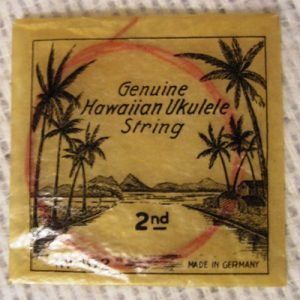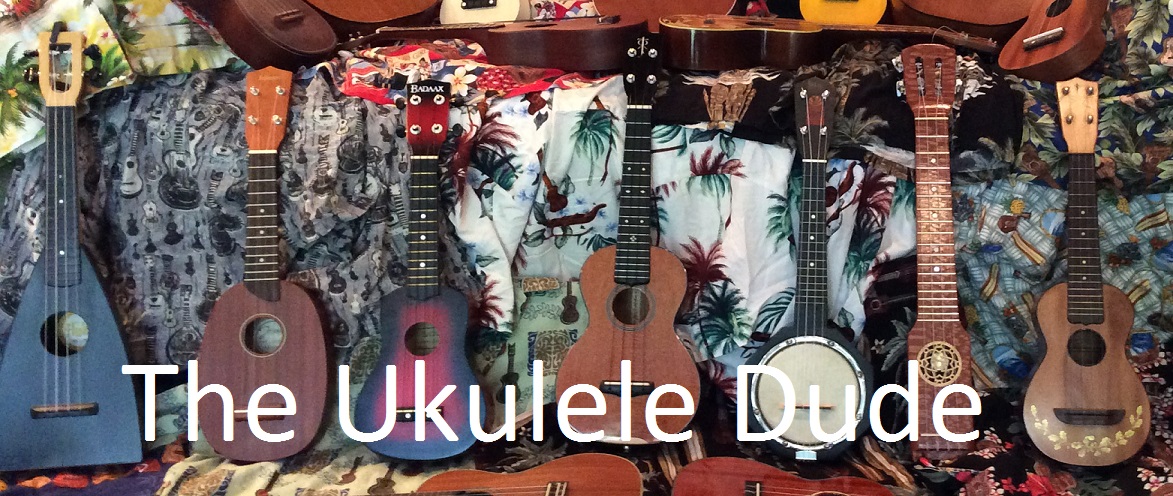 The answer to this question requires knowledge of too many factors and variables for a single answer to work for any two players. So rather than attempt to provide a single answer, I’ll give you a lot of the factors to consider with input from some more knowledgeable folks.
The answer to this question requires knowledge of too many factors and variables for a single answer to work for any two players. So rather than attempt to provide a single answer, I’ll give you a lot of the factors to consider with input from some more knowledgeable folks.
What type of music do you play?
What type of instrument do you have?
What sort of sound do you want to get out of your instrument?
In general, you can expect strings to have these basic parameters:
Different types require different tensions, which along with the surface of the string, affect the feel to your fingers. The best way to determine what works for you is to experiment with different types and find the ones you like best on your instrument. A type of string you love on one instrument may very well sound muddy or soft on another.
From a warm sound to brighter notes, strings are generally ranked in this order:
Warm
Black nylon
Synthetic gut
Rectified/Ground nylon
White/Clear nylon
Nylon w/ Additives
Fluorocarbon
Bright
Wound strings are found in sets for the C string and sometimes the G string, particularly if you have a low G. These are normally a nylon core that matches the other strings with a very fine wire wrapped tightly around them. The outer winding can be a number of materials, but aluminum, silver, chrome steel, and phosphorous bronze are common ones. It increases the low end of the instrument, but may increase the finger noise as you slide up and down the instrument. Some wound strings are available in a ‘squeakless’ variety, where the ridges have been reduced through polishing.
Wound strings also tend to fall apart more quickly, sometimes only lasting a few weeks before they start to unravel and must be replaced. They can also be difficult to get into place and tuned without breakage. The thin wire is very fragile and trying to get them into tune the first time can result in any sharp edges on the nut or bridge to weakening the string to the snapping point. I’ve known some players to go through three or four sets before they got one that worked for them.
You should know that new strings have to stretch, or settle in, and it can take a few days of regular use before they will remain in tune during and between playing sessions. Some players advocate over tuning them at first to help get the stretching out of the way. Another aspect of it is that the knots will tighten up over time as well. You don’t want to rush the process, you risk breaking a string if you do.
There are dozens, if not hundreds, of string makers out there. Here are a listing of some of the more popular ukulele string makers in alphabetical order:
- Aquilla
- Black Diamond
- D’Addario
- Dogal
- DR Strings
- Dunlap
- Gallistrings
- GHS
- Hannaback
- La Bella
- Living Water
- Luthier
- Martin
- Oasis
- RC Strings
- Savarez
- South Coast
- Worth
Post a question on one of the online forums and you will have hundreds of opinions and thoughts on them. And they are all going to be based on individual preference and the instruments they are on.
I have Aquilla Nylguts on many of my instruments and it would appear that this is the default for many manufacturers. I have GHS on several, including my baritones and my custom made instrument. A couple of my vintage ukuleles have Martin Strings on them. There are also at least one uke with D’addario, Worth and South Coast strings in my collection. I even have one that is strung up with some vintage gut strings!
Bottom Line:
Only you can decide which strings work best for you, your style of playing and your instruments!
